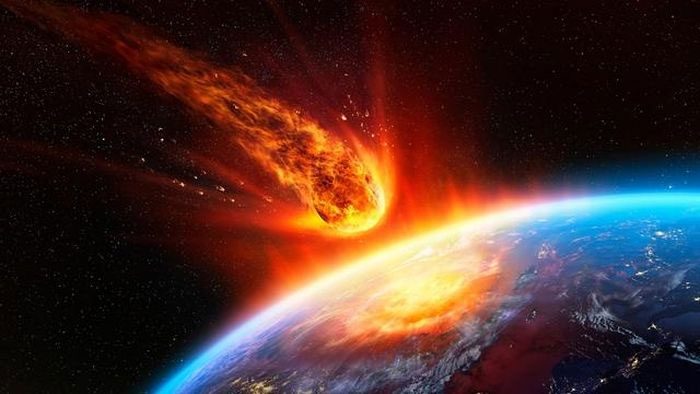Many “alien attackers” have faced unexpected issues when approaching Earth.
According to Space.com, a new study reveals why our Earth has not faced extinction from celestial collisions, which are quite common in the space environment.

Earth and other rocky planets have a special defense system against “planetary killers,” thereby protecting life – (Photo: LIVE SCIENCE)
Every year, dozens of large asteroids classified as “hazardous” come close to Earth, sometimes even closer than the Moon. However, in the past 66 million years, a catastrophic event on the scale of Chicxulub—the asteroid that caused the extinction of the dinosaurs—has not occurred again.
Planetary scientist Mikael Granvik from Luleå University of Technology (Sweden) and his team have traced the clues of the Near-Earth Objects (NEOs) that have been torn apart.
In 1994, space enthusiasts witnessed the terrifying power of a torn apart space object: the comet Shoemaker-Levy 9, which was shredded by the immense tidal forces of Jupiter as it attempted to collide with the giant gas planet.
Models indicate that Earth has also experienced similar events multiple times. This phenomenon occurs with other rocky planets as well, due to the immense gravitational forces of both the planets and their moons.
The tidal forces stretch a portion of the asteroid or comet away from the rest of it incredibly quickly and powerfully, resulting in a brutal splitting of the object.
However, these asteroid break-ups also create a problem: they generate more NEOs. Yet scientists believe there is no need for concern.
Composed of pieces of asteroids that have been shattered, most of these fragments are less than 1 kilometer in diameter, which is not large enough to pose an extinction threat.
Nonetheless, they can still cause events like the Chelyabinsk meteor explosion in the sky over Russia in 2013, which shattered many windows in Chelyabinsk city, resulting in numerous injuries.
And we cannot rule out the possibility of a massive attacker like Chicxulub that this natural integrated defense system cannot handle.
This is also why space agencies around the world continue to research and develop planetary defense missions, such as NASA’s DART “suicide” spacecraft, which attempted to crash into and redirect an asteroid in a 2022 experiment.

















































